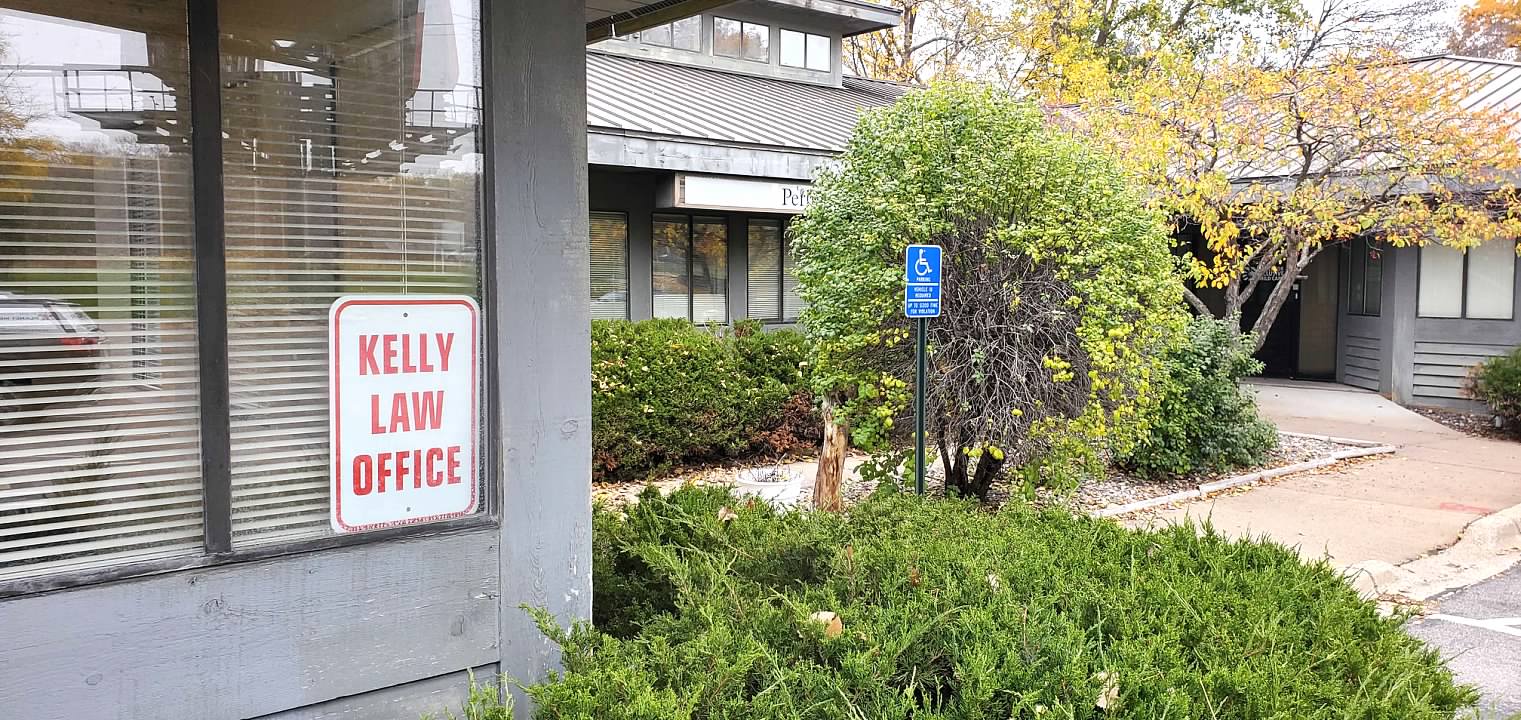I am now receiving calls from people who have done what is called a “short sale” of their home to avoid a foreclosure. The typical situation is one where the value of the house has fallen below what is owed on the mortgage or mortgages, since often there is more than one. Meanwhile, the homeowners are falling behind in their payments. There are many possible reasons why they are behind in paying, but the most common is that one or more of the mortgages is an ARM, and the payments have jumped sky high The assumption may have been at the time of taking out the ARM that by the time the payments went up, they would be able to refinance again with a new and more reasonable mortgage. Now in this market that plan is pretty much out the window.
All the homeowners can think of it that they must avoid foreclosure. So they list the home for sale with a realtor. By and by the realtor finds a buyer, but it’s for a price that’s below the balance owing on the mortgages. This of course is no big surprise and is exactly what the homeowners figured was their best hope. The realtor contacts the mortgage lender or lenders, and the lenders agree to the sale. Specifically they will release their mortgage on the property in exchange for less than full payment. This can be a wise move from the point of view of the lender, because they were going to lose time and money in the event of a foreclosure anyway. The homeowners are relieved, go through with the sale, and move into a rented apartment.
The story does not have a happy ending. They do not live happily ever after. They neglected one thing. That release from the mortgage company just released the property, not them. There is an unpaid balance on the mortgage or mortgages, and the bill collectors start calling and threatening.
The amount they owe is way beyond any ability to pay they might have had; and so they call me about a bankruptcy. In my opinion, they would have been WAY better off to have just let the lenders foreclose. Ordinarily, foreclosure is done in such a way that the mortgage holder only gets the house and doesn’t get a right to go after the former homeowner personally. There may very well have been a possibility of living in the house rent free for a year or so and then walking away with no further debt.
Another possibility may have been that the first mortgage would foreclose and take the house. the second mortgage holder would not foreclose, let the house go, and then go after the former homeowners personally. That’s not such a good result, but it still includes the rent-free year or so.
Yet another possibility is that the release from the lender in the short sale DOES include a personal release. The former homeowners think all is well as they enjoy their new apartment. Then a 1099 arrives from the lender. The debt that was forgiven is reported as income to the IRS, and they may owe a tax on it.
My suggestion is that it is almost always best in the foregoing circumstances to just stay in the house and ride out the foreclosure. Don’t move out until the foreclosure is done, the redemption period has run out, and the lender starts an eviction action. If there is only one mortgage, you may come out of the process rather debt free and not need me. If there is more than one mortgage, you may have debt but at least no 1099. There may be circumstances where a short sale could be a good idea, but it is hard for me to think of one.
The idea that a short sale is the best thing for one’s credit seems to me to be an illusion. By the time the whole scenario is run, the credit report won’t look so good no matter what you do.





